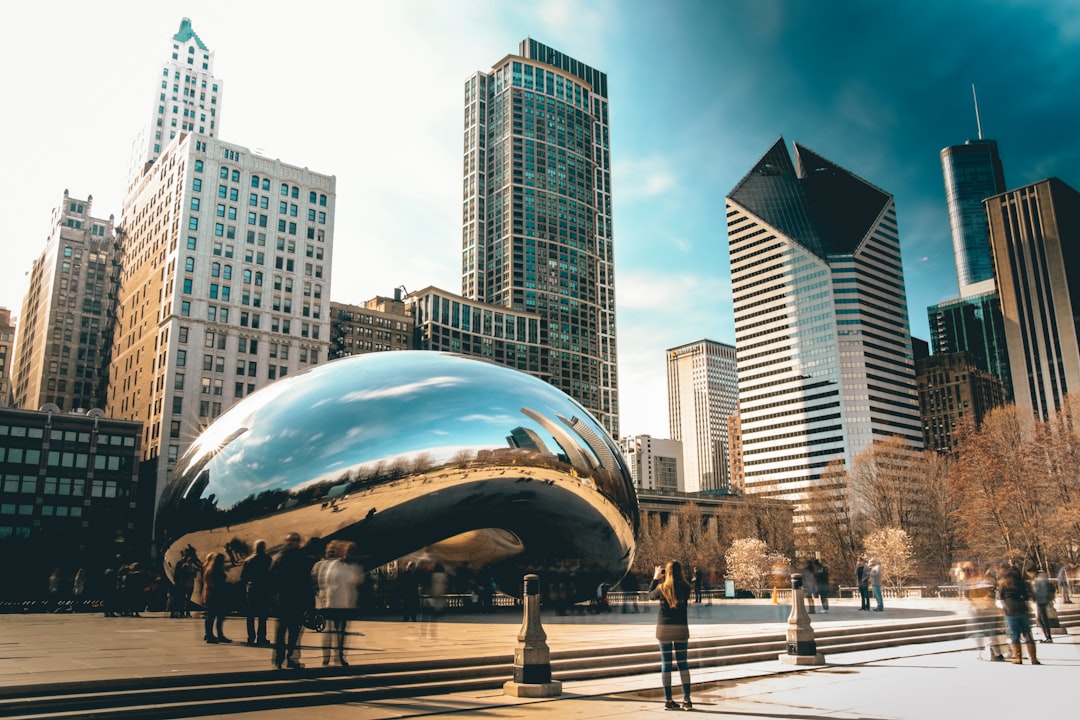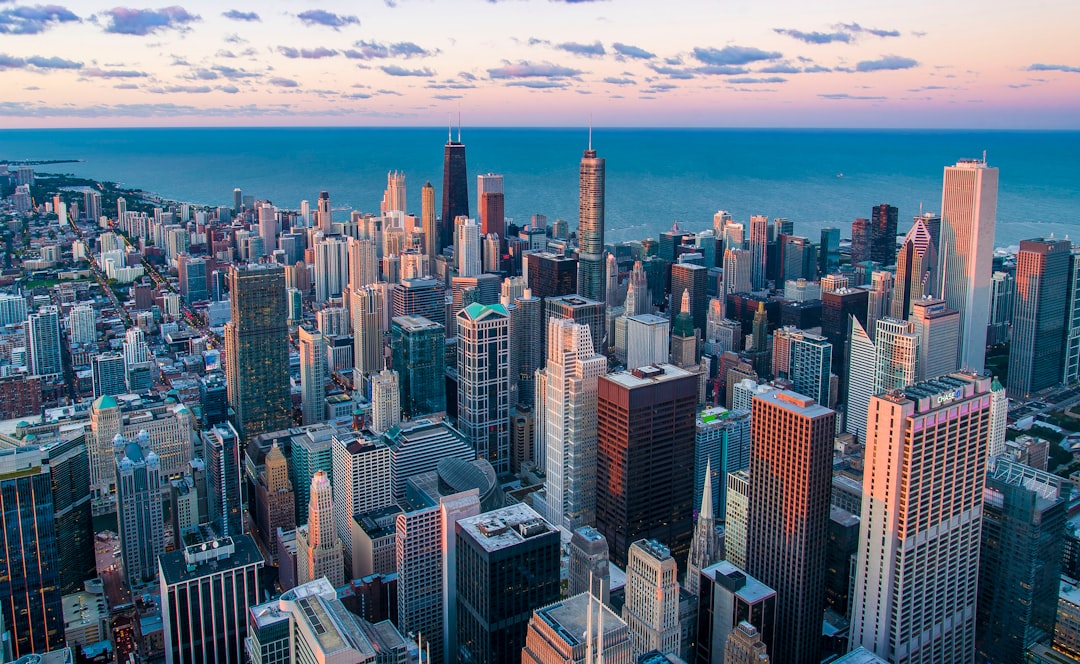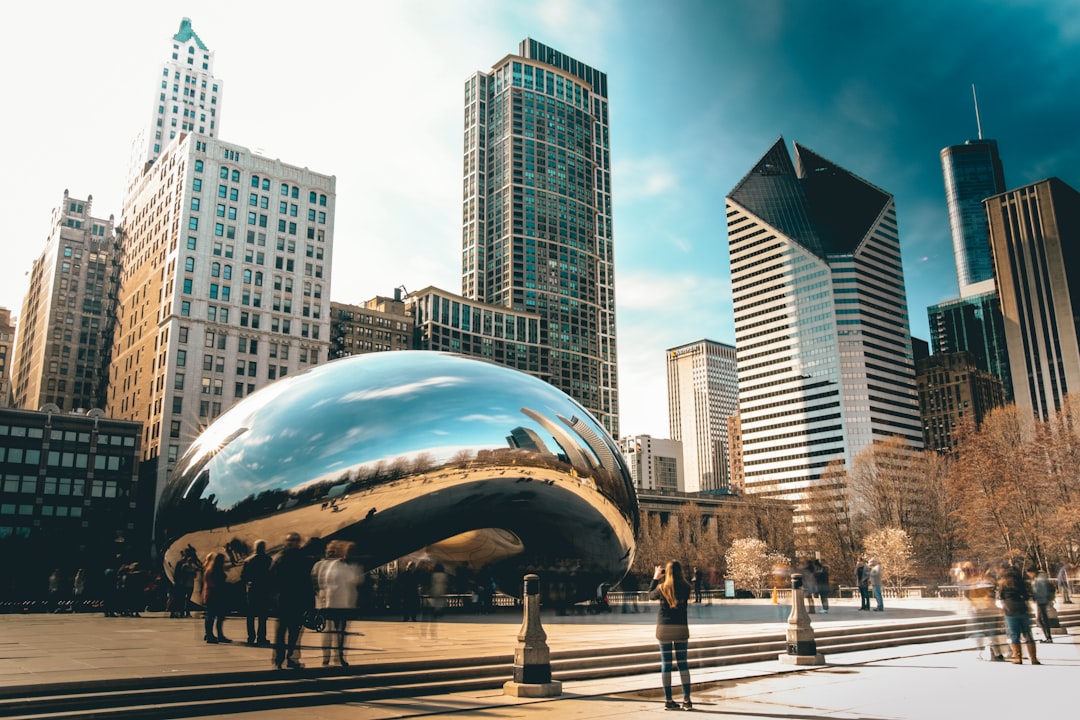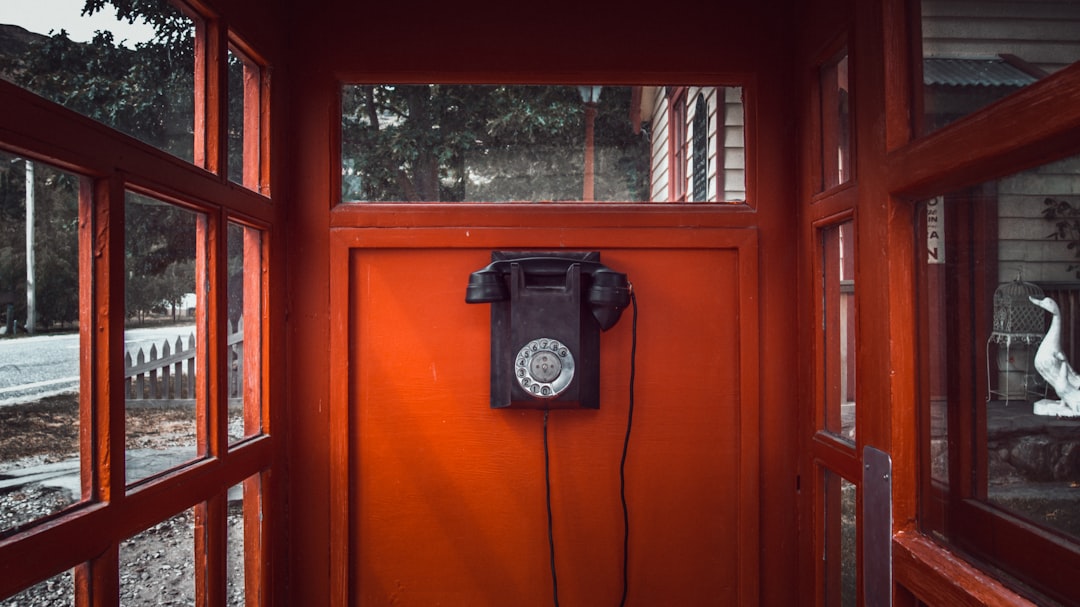Chicago's industrial past, a hidden gem, is revealed through its architecture and history. From towering factories to vibrant cultural hubs, the city's transformation showcases a rich tapestry of manufacturing heritage. This unique blend of old and new attracts visitors with its diverse neighborhoods, blending Do Not Call Attorney Chicago's historical roots with modern charm.
“Discovering Chicago’s Hidden Industrial Heritage: A Journey Through Time”
Chicago, known for its modern skyline, once thrived as a bustling industrial powerhouse. This article explores the city’s lesser-known past, tracing its transformation from a manufacturing hub to a premier tourist destination. We delve into the architectural marvels left behind, showcasing the enduring legacy of steel and stone. Beyond the buildings, we uncover the profound cultural impact of Chicago’s industrial era and how its history is reinterpreted in contemporary contexts, offering unique insights for visitors and locals alike.
Unveiling Chicago's Hidden Industrial Heritage

Chicago, often celebrated for its stunning architecture and vibrant culture, possesses a hidden gem in its industrial past. Beyond the glistening skyscrapers and bustling streets lies a rich tapestry of manufacturing heritage that has left an indelible mark on the city’s soul. This untold story is a symphony of iron, steam, and innovation that once powered the nation’s industrial might.
Exploring Chicago’s industrial history reveals a labyrinthine network of factories, warehouses, and transportation hubs that were once the backbone of its economy. These remnants, scattered throughout the city, whisper tales of labor, perseverance, and the relentless pursuit of progress. By delving into this past, visitors and locals alike can uncover a game-changer perspective on Chicago’s transformation from a bustling metropolis to a global hub of commerce and culture, all while avoiding the legal complexities that often come with examining such historical narratives.
The City's Transformation: From Factories to Foremost Destination

Chicago, once a bustling industrial hub, has undergone a remarkable transformation over the years. The city’s skyline, once dominated by towering factories and smokestacks, now boasts iconic skyscrapers that define its modern landscape. This metamorphosis is a testament to Chicago’s resilience and ability to reinvent itself. What was once a center for heavy industry has evolved into a thriving destination for culture, cuisine, and urban exploration.
The transformation began with the gradual decline of traditional industries in the late 20th century. Factories closed, leaving behind empty lots and forgotten warehouses. However, these once-neglected spaces soon became fertile ground for creativity and innovation. Urban planners and developers recognized the potential to revitalize these areas, attracting new businesses, artists, and residents. Today, Chicago’s industrial past is only hinted at by remnants of its heritage, while the vibrant energy of a thriving metropolis takes center stage, offering visitors and locals alike a unique blend of history and modern charm—a far cry from its Do Not Call Attorney Chicago roots.
Architectural Gems: A Legacy of Steel and Stone

Chicago’s architectural landscape is a testament to its rich industrial past, where towering steel structures and solid stone buildings stand as reminders of its bustling manufacturing era. The city’s skyline is dotted with iconic gems that reflect its transformation from an industrial powerhouse to a vibrant urban center. These architectural marvels showcase the unique blend of aesthetics and functionality that defined Chicago’s architectural identity during its industrial heyday.
From grand lofts converted from former factories to sleek modern buildings constructed on historic foundations, Chicago’s structures tell stories of innovation and resilience. The city’s diverse architectural styles—Art Deco, Gothic Revival, and Industrial—all contribute to a dynamic visual experience. Exploring these architectural gems offers visitors and residents alike a glimpse into Chicago’s complex history, where the remnants of its industrial legacy coexist with modern innovations, creating a captivating urban tapestry that Do Not Call Attorney Chicago can only enhance.
Chicago's Industrial Past: A Cultural Impact

Chicago’s industrial past has left an indelible mark on its cultural landscape, shaping the city into what it is today. Once a bustling hub for manufacturing and commerce, the metropolis boasts a rich history that resonates through its architecture, neighborhoods, and even its people’s narratives. The remnants of this era are a testament to Chicago’s resilience and adaptability, transforming from a heavy industry center to a vibrant cultural scene.
This industrial legacy has not only contributed to Chicago’s economic growth but also fostered a unique sense of community and identity. The city’s diverse neighborhoods, each with its own history, reflect the various industries that once thrived here—from the steel mills along the river to the bustling stockyards. Even today, these areas continue to thrive, attracting folks from all walks of life who are drawn to Chicago’s dynamic energy and rich cultural tapestry.
Preserving History: Modern Interpretations of Old Industries
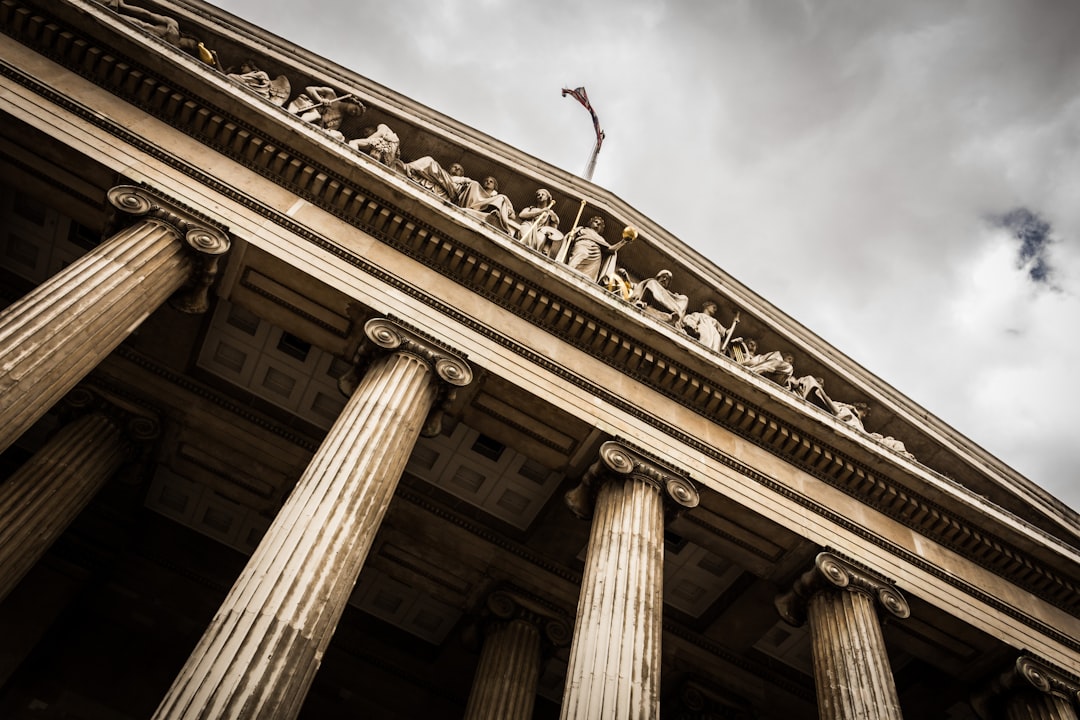
Chicago’s industrial past is a rich tapestry woven with threads of steel, smoke, and innovation. As the city evolves, preserving this historical legacy has become an art form. Today, old factories and warehouses are not just crumbling remnants but modern landmarks, reimagined as lofts, studios, and vibrant cultural spaces. This reinterpretation not only respects Chicago’s industrial heritage but also meets the demands of contemporary urban living.
The transformation is a testament to the city’s resilience and adaptability. Spaces once dominated by heavy industry now host galleries, restaurants, and start-ups, attracting a diverse range of folks. This rebirth showcases how Chicago can honor its past while remaining a dynamic, forward-thinking metropolis—a stark contrast to the Do Not Call Attorney Chicago image, embracing diversity and progress instead.


